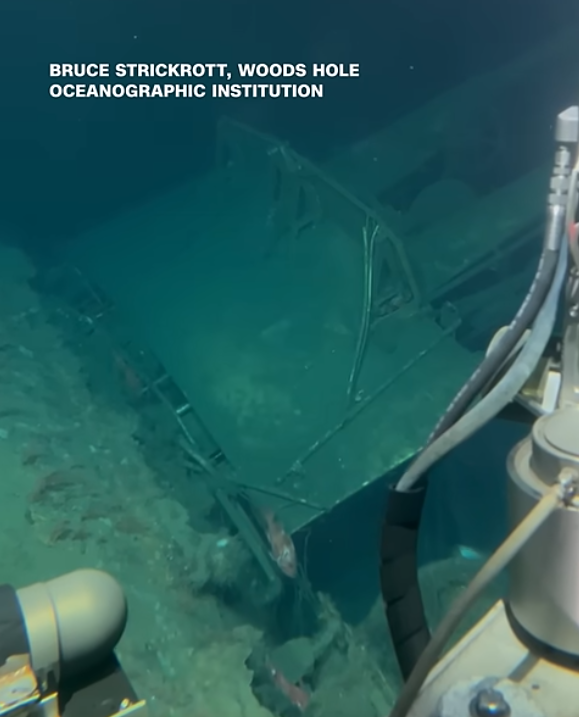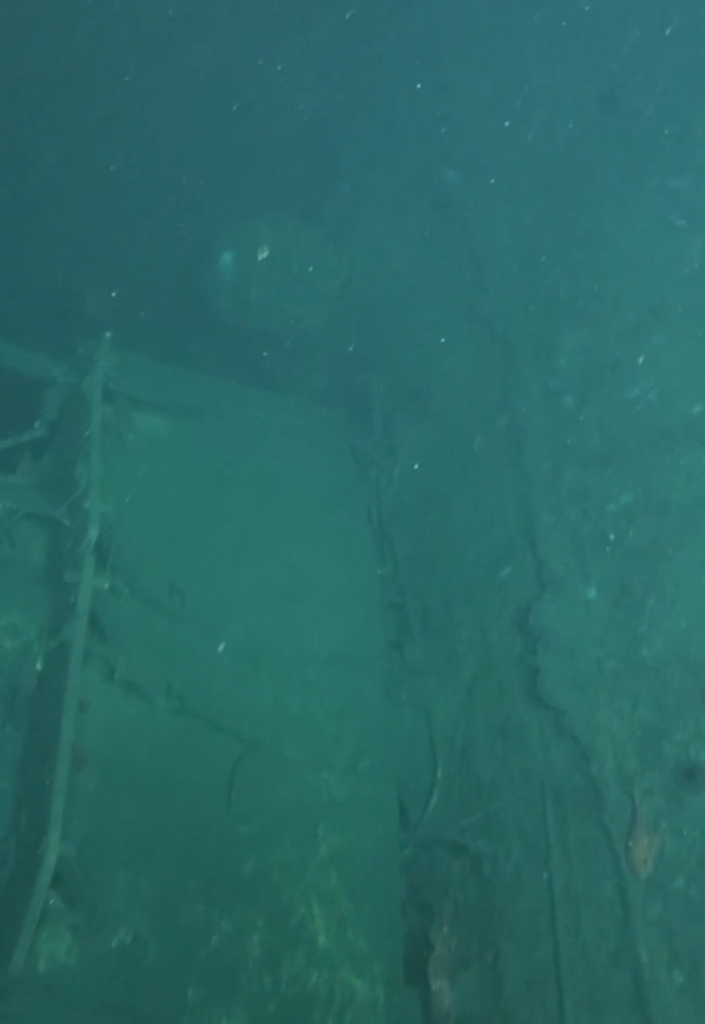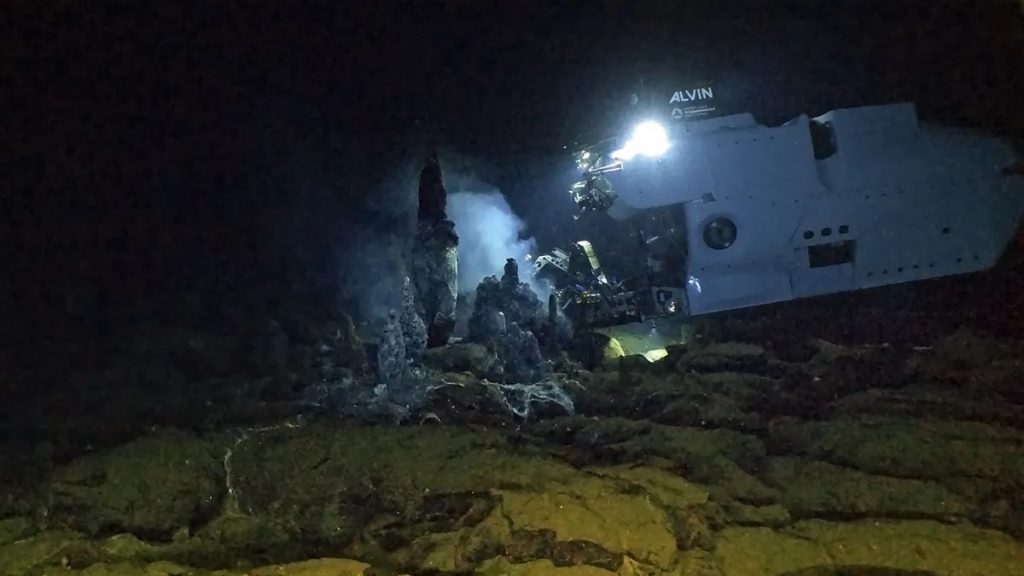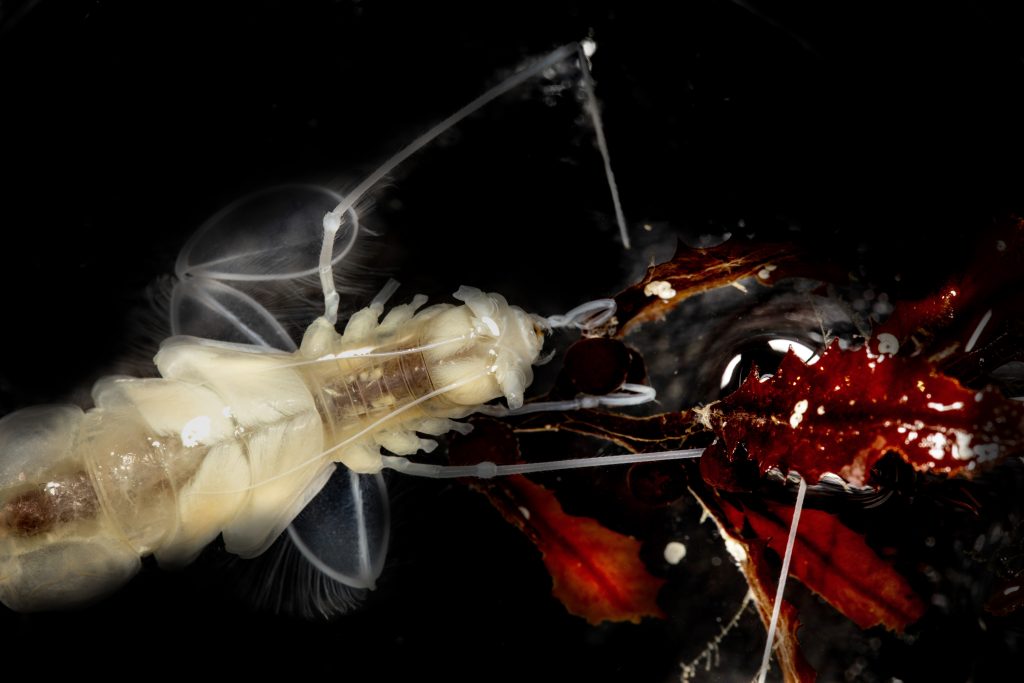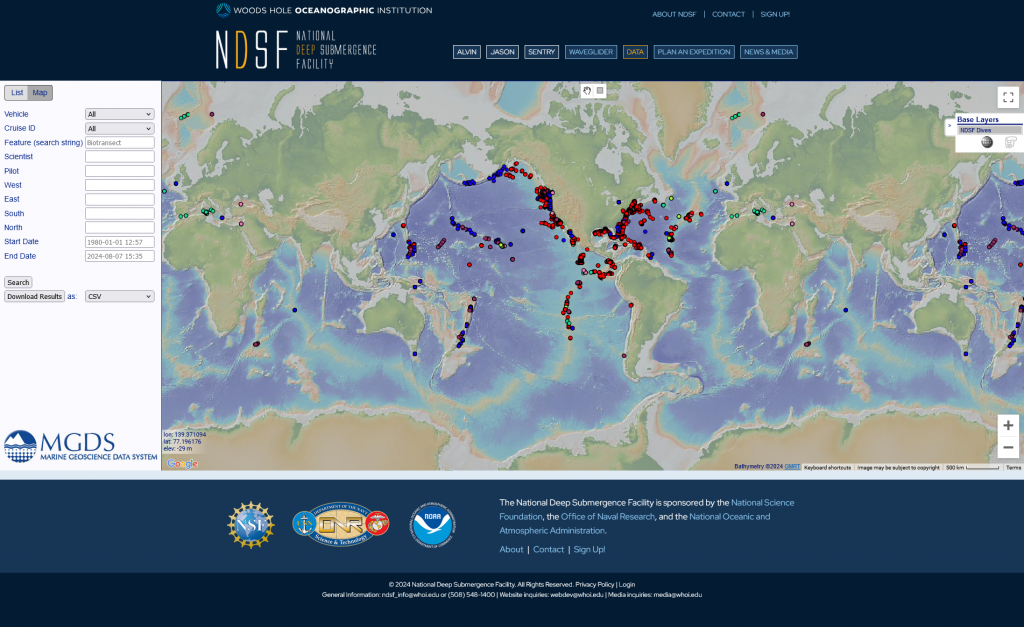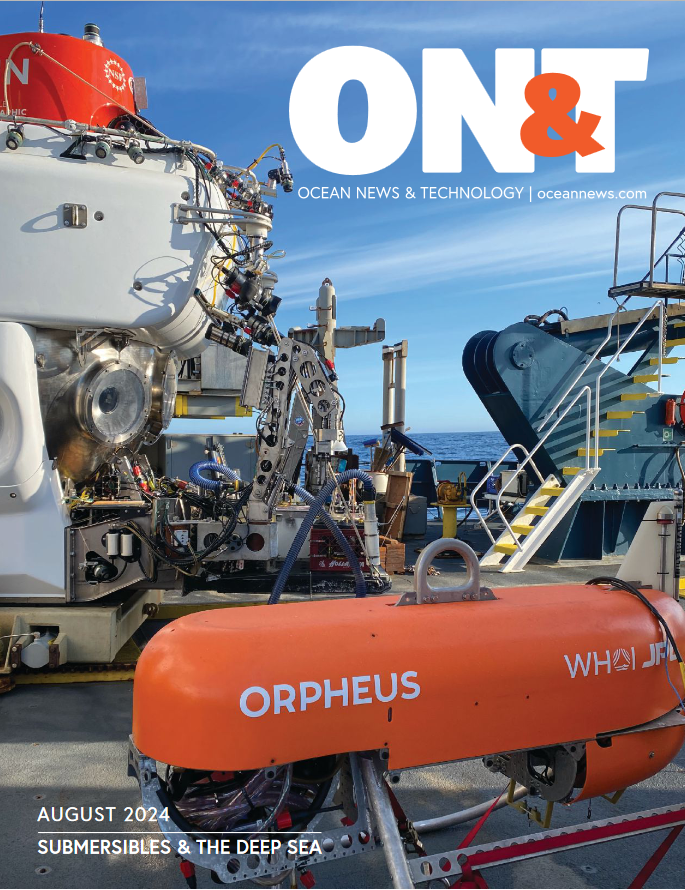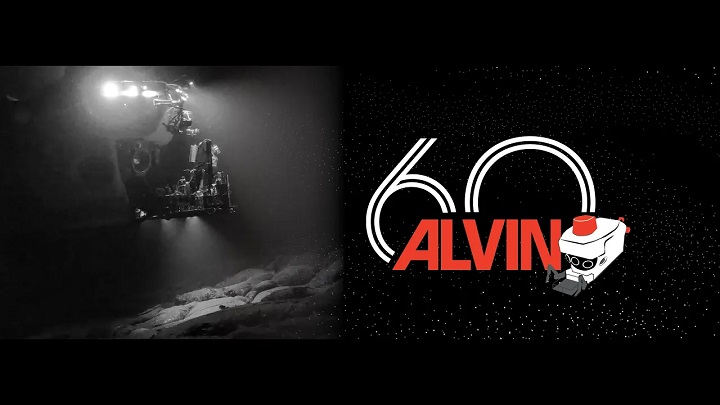HOV Alvin
“Weekends with Yankee” Episode 904: Underwater Adventures
Weekends with Yankee host Richard Weise visits WHOI and learns about HOV Alvin.
Read More108 year old submarine wreck seen in new footage (CNN)
Video from CNN shows footage from Alvin of 108 year old submarine wreck.
Read MoreWWI-era submarine ‘lost’ at sea for 108 years found off coast of San Diego (ABC World News)
ABC World News shows footage captured by Alvin showing sunken USSF-1.
Read MoreDeep-Sea Submarine Alvin Documents Remains of Two Navy Wrecks
Alvin documented sunken U.S. Navy submarine off the coast of San Diego this February.
Read MoreAn Upgraded Alvin Puts New Ocean Depths Within Reach
Eos article profiles upgraded Alvin as a key tool in ocean exploration.
Read MoreNSF’s Discovery Files podcast
NSF’s Discovery Files podcast features Kaitlyn Beardshear discussing Alvin’s history, sea exploration and discoveries in the ocean’s depths.
Read MoreSwimming crustacean eats unlikely food source in the deep ocean – WHOI Press Release
Swimming crustacean eats unlikely food source in the deep ocean
Read MoreVolunteer, Sofia Vakhutinsky, shares her summer with metadata
Sofia Vakhutinsky recently graduated from the University of Colorado Boulder with a BA in Geography and Economics and minors in Geology and Atmospheric and Ocean Science. In the fall, Sofia will start a master’s program in Atmospheric Science at the University of Washington. Sofia spent the summer sifting through metadata, which will be integrated into…
Read MoreNo Sub for Submersibles
Article in Ocean News & Technology by Aaron Steiner of DeepSea Power and Light showcasing WHOI submersibles.
Read MoreCelebrating 60 years of Alvin
The Deep Submergence Science Committee wishing Alvin a Happy 60th Birthday.
Read More

